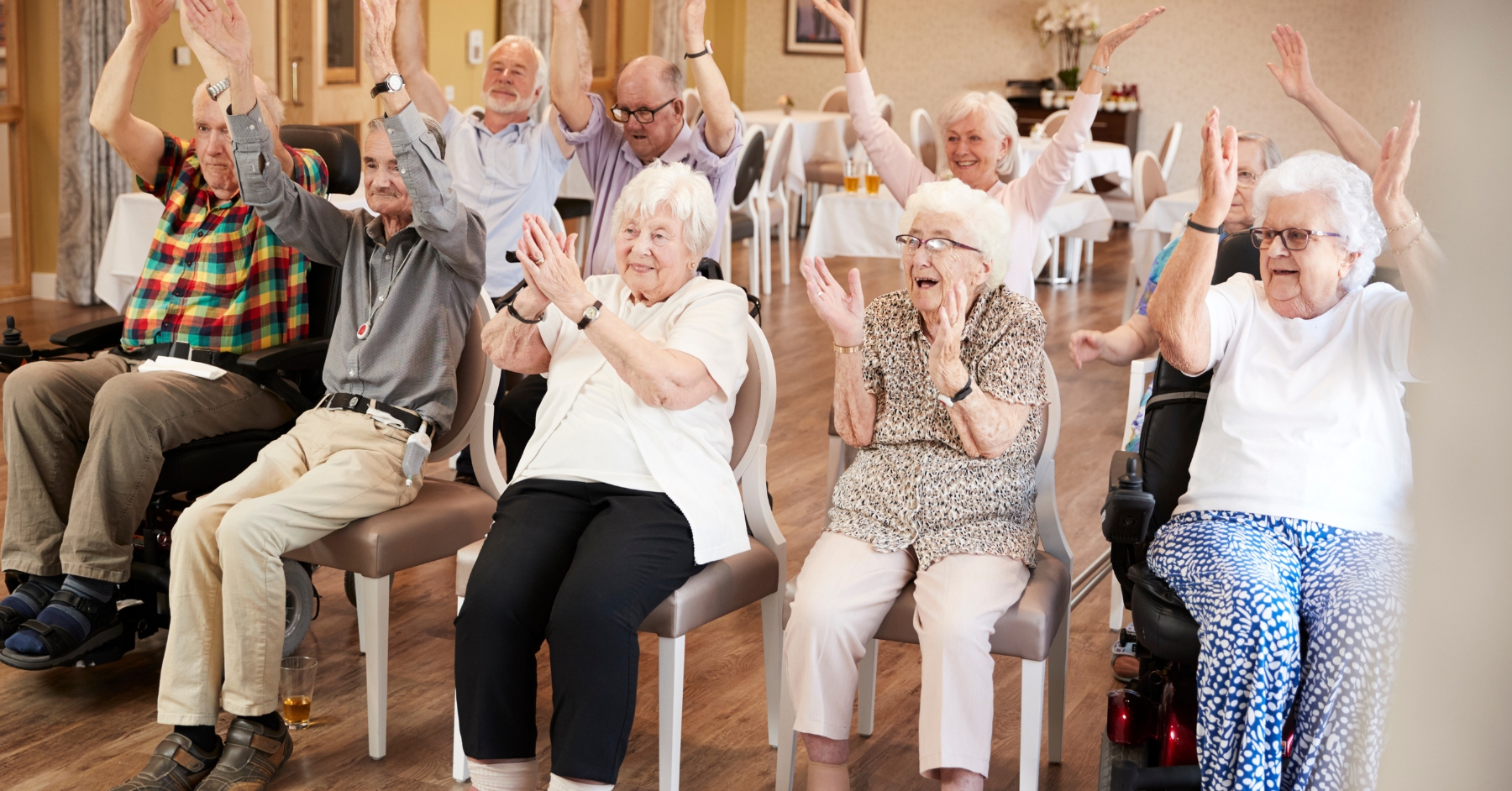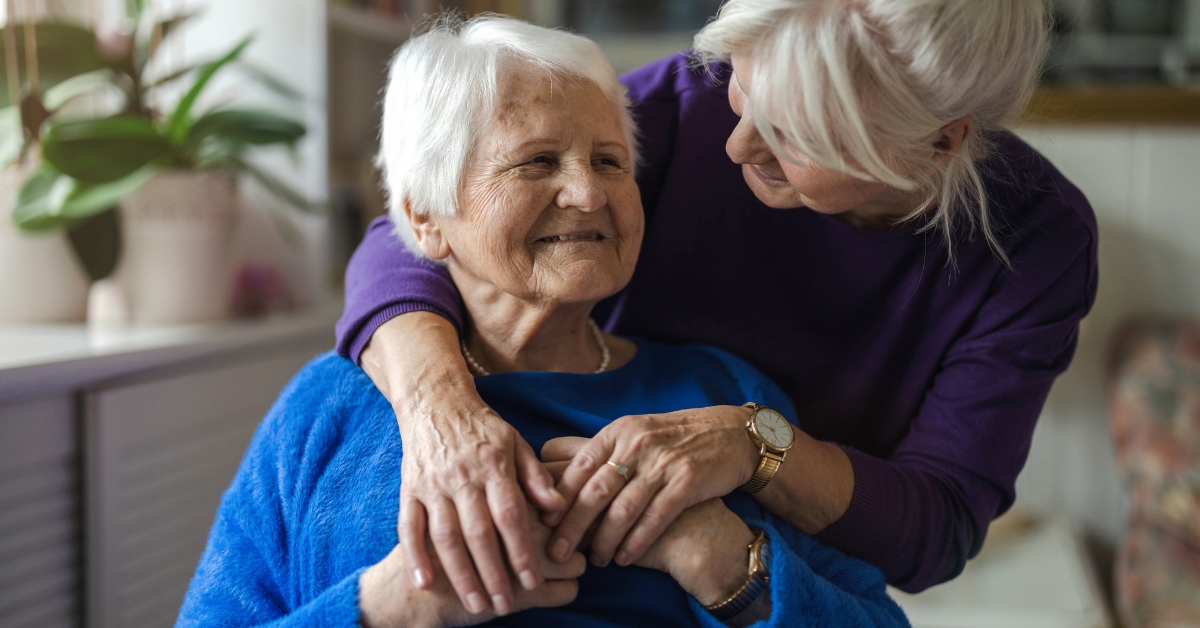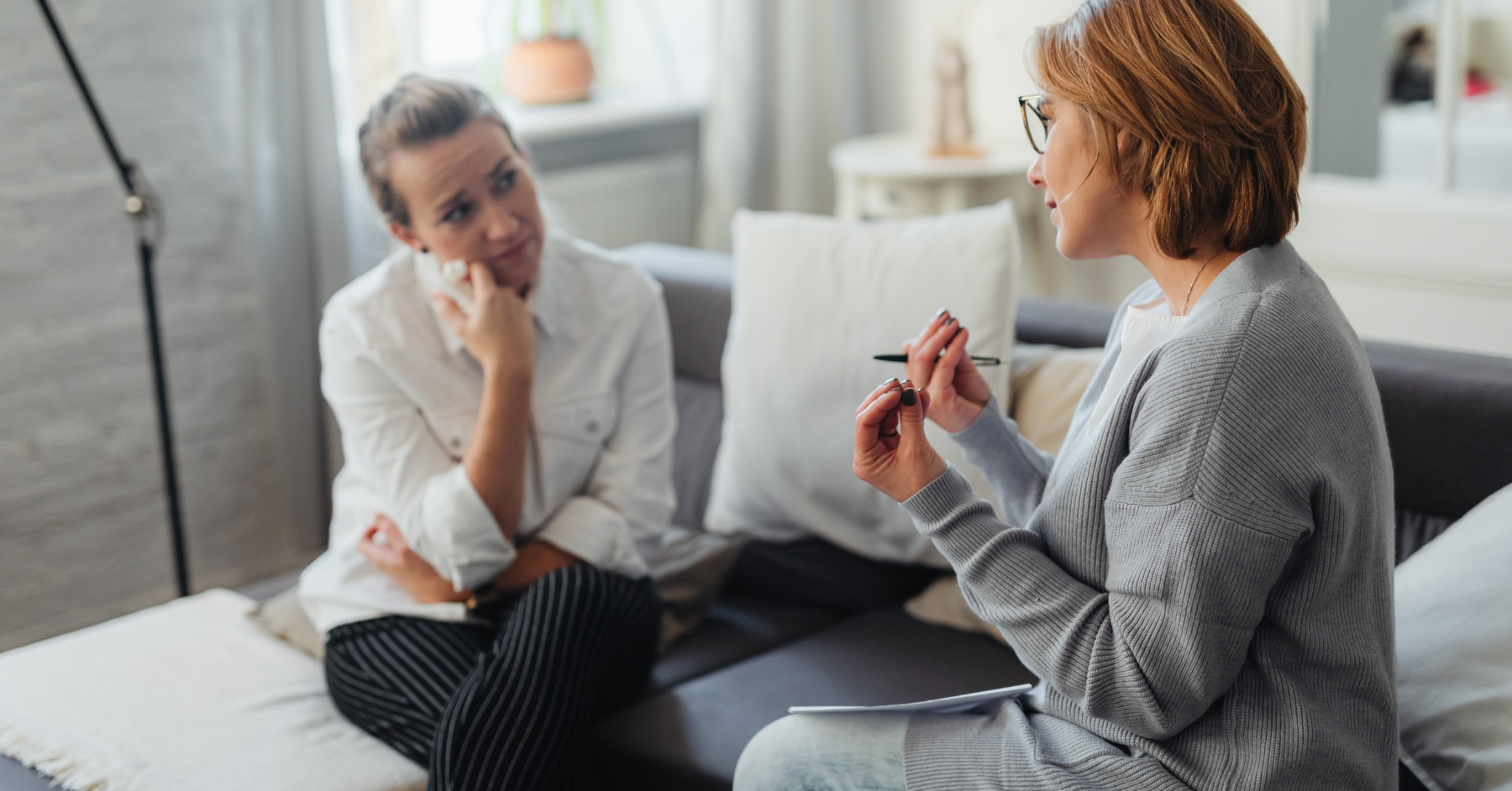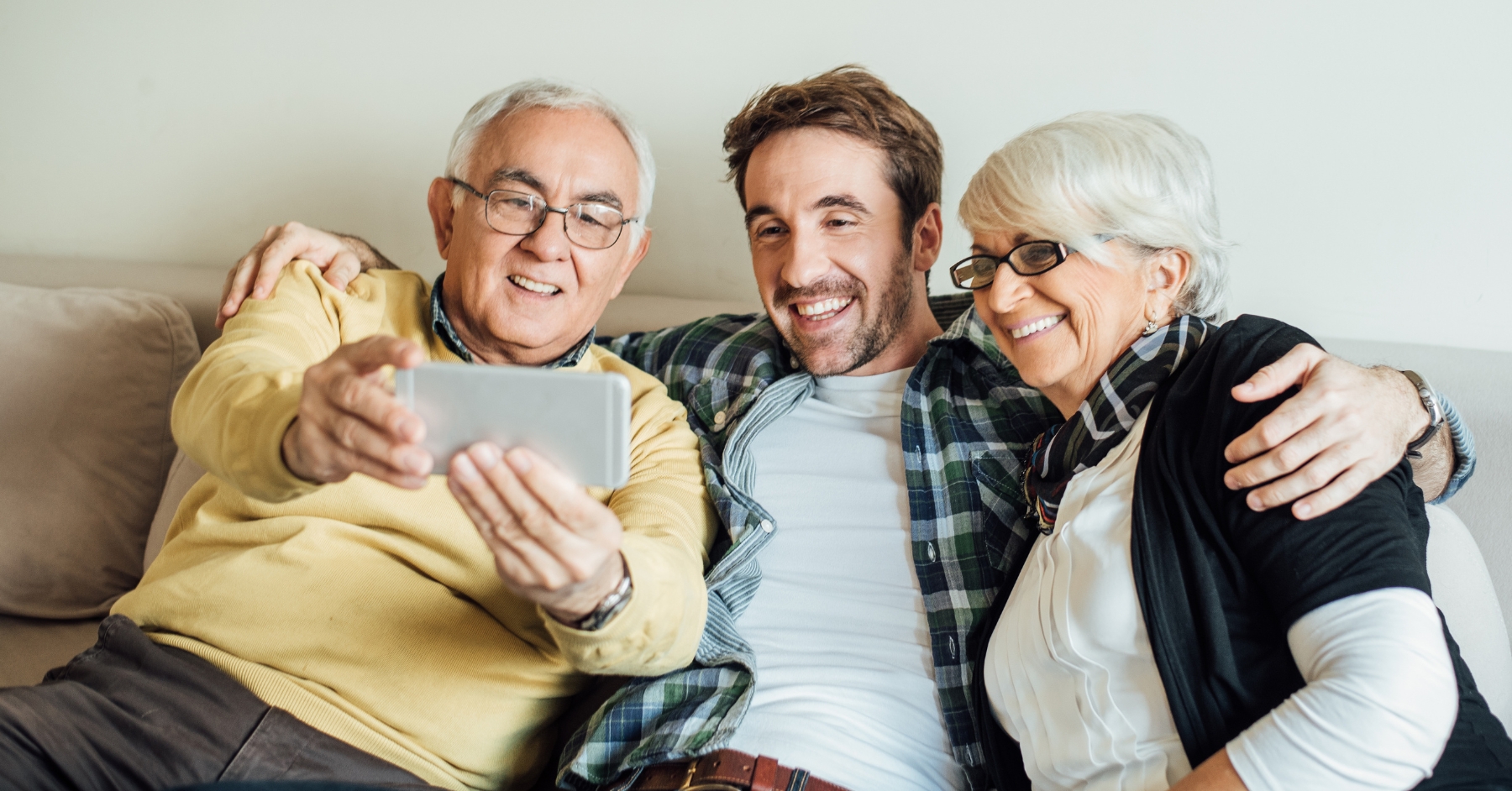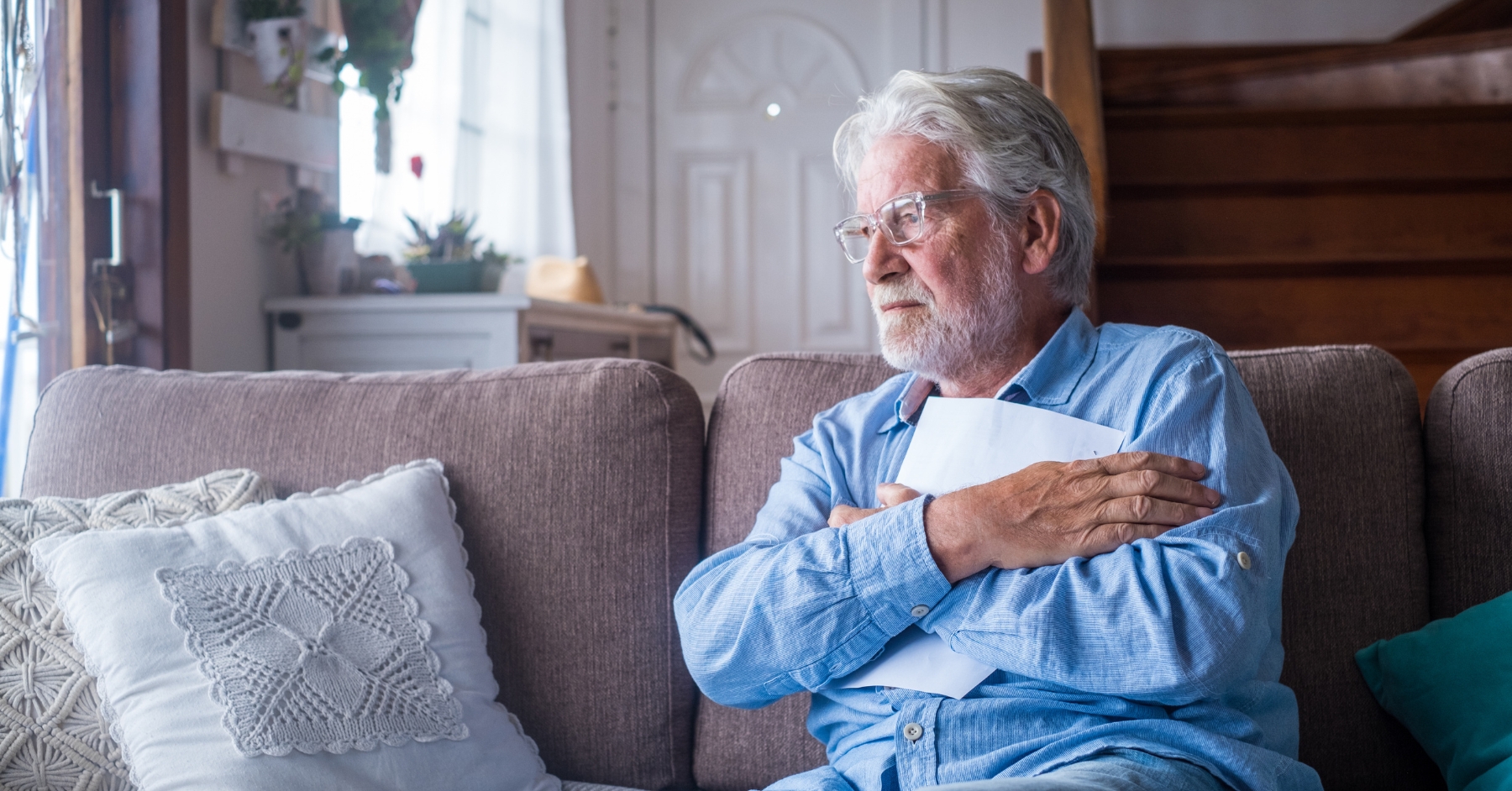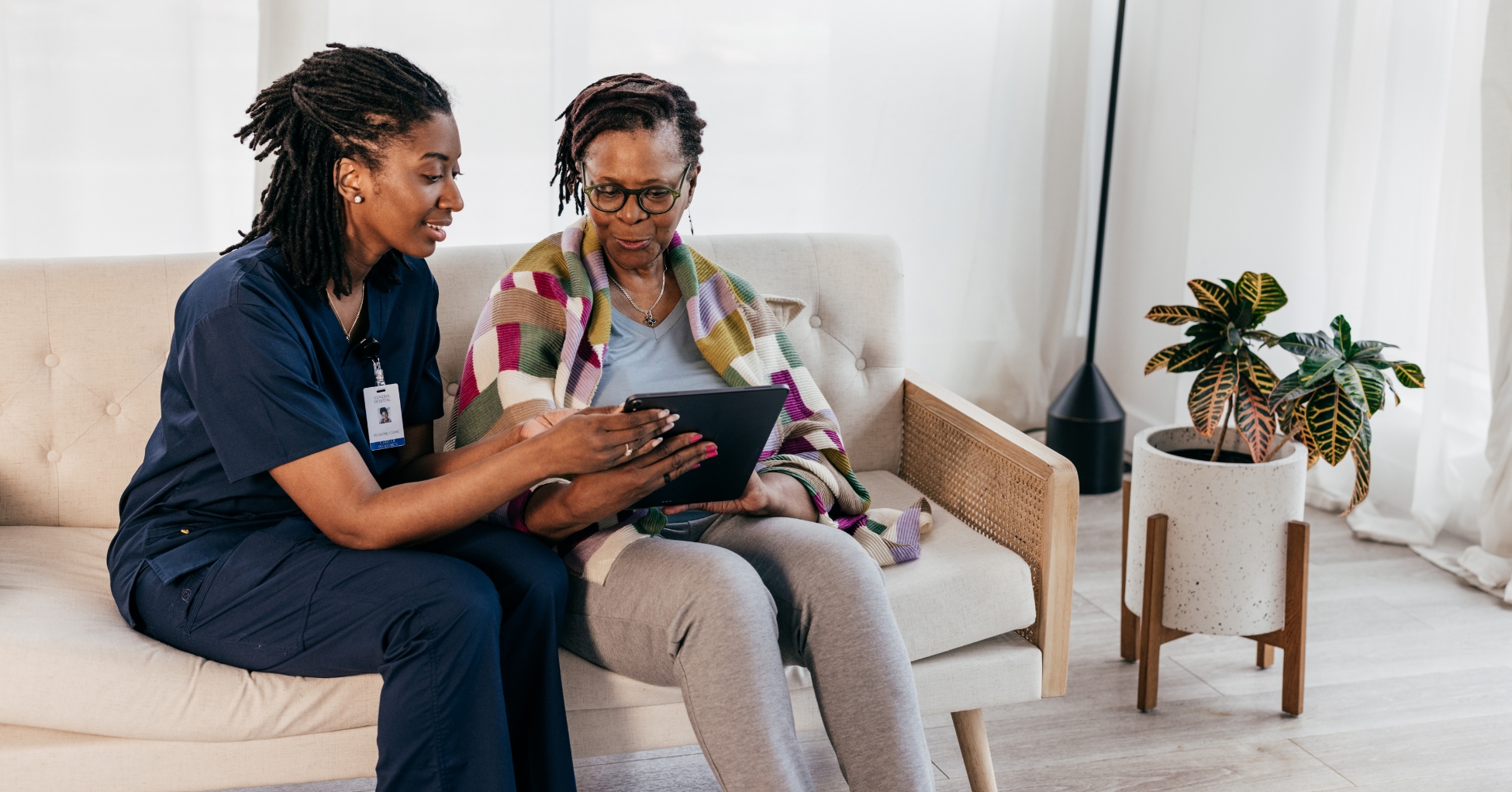I often tell families, “The move isn’t just about boxes and furniture — it’s about comfort, dignity, and helping your loved one feel at home from the very first moment.”
This transition can stir up so many emotions — sadness, relief, worry, even guilt. If you’re walking through it right now, take a deep breath. If I could, I’d give you a big hug and remind you: you’re not alone in this.
Over the past 14 years, I’ve guided countless families through this process, and I’ve learned that small, thoughtful touches can make the biggest difference.
Step 1: Recreate Familiar Spaces
One of my favorite tips — and something I always share with families — is to take photos of your loved one’s favorite spaces before you start packing.
- Snap a picture of Mom’s favorite chair with the lamp and table beside it.
- Note the framed photo, the stack of books, the coffee mug, or even the doily on the armrest.
- Do the same with the bed: the quilt, the pillow arrangement, even the items on the nightstand.
Then, when you set up their new apartment, use those photos to recreate the space as closely as possible.
I’ll never forget a family who followed this advice when moving their father into memory care. When he walked into his new apartment and saw his favorite chair with everything just as it was at home, he looked around and said: “Well, I’m home now. Y’all can go.” His family cried tears of relief — and I hugged them with joy. That moment was priceless.
Step 2: Focus on Essentials First
Moves can feel overwhelming, but start with the basics:
- Bed, chair, dresser, and familiar table.
- Photos of loved ones.
- Favorite blanket or pillow.
One thing I always caution families about is rugs. While scatter rugs, throw rugs, or area rugs may look nice, they can be serious trip hazards. Many assisted living and memory care communities won’t allow them for this reason. Independent living is different, but for assisted and memory care, it’s safest to avoid them.
Once the essentials are in place, you can always add more over time. The goal is comfort, not clutter.
Step 3: Pack With Care
Label boxes clearly and pack by room or area. Keep personal care items (toiletries, medications, glasses, hearing aids) in a small, easy-to-carry bag so they don’t get lost in the shuffle.
Step 4: Involve Your Loved One When Possible
If your loved one is able, let them be part of the move. Even choosing which quilt to bring or which photos go on the wall gives them ownership. If health or logistics don’t allow that, focus on recreating familiarity so that their first steps into the new apartment bring comfort instead of confusion.
Step 5: Create a “First Day Experience”
When your loved one walks in for the first time, have their favorite chair, bed, and photos ready. Stock the fridge with familiar snacks or drinks. Add a vase with fresh flowers. These touches say, This is your home.
Step 6: Give Yourself Grace
This is as much a transition for the family as it is for the senior. It’s okay to feel a mix of emotions. Remember, moving into a senior living community is not the end of a chapter — it’s the beginning of a new one. I’ve seen seniors rediscover friendships, join activities, and truly blossom again.
Packing Checklist for a Smooth Move
Use this list as a guide to help make your loved one’s new apartment feel like home, while also keeping safety in mind.
Furniture & Essentials
- Bed (with familiar quilt/comforter and pillows)
- Favorite chair or recliner
- Small side table and lamp
- Dresser/nightstand
- Clock or alarm clock
Personal & Comfort Items
- Family photos (framed or in albums)
- Favorite blanket or throw
- Books, magazines, crossword puzzles
- Personal décor items that bring joy (without creating clutter)
- Fresh flowers or a small plant (if permitted by the community)
Clothing & Linens
- Comfortable everyday clothing (easy to put on/take off)
- Sweaters, jackets, and shoes appropriate for the season
- Pajamas, robe, slippers (with non-slip soles)
- Towels and washcloths
- Laundry hamper/basket
Daily Living Items (Check with the Community for State Guidelines)
- Glasses, hearing aids, dentures, mobility aids (walker, cane)
- Toiletries (toothbrush, shampoo, soap, lotion, shaving supplies, etc.)
- Medications (Note: in Florida, assisted living communities typically provide medication management; in some settings, medications may not be kept in the room. Always confirm with the community what is permitted.)
- Personal care products (In certain memory care settings, products must be non-hazardous and non-edible. Your community will advise what is allowed.)
Important Documents (store in a folder)
- ID card / driver’s license
- Insurance cards
- Power of Attorney, Advance Directives, or medical paperwork
- Medication list
What NOT to Bring
- Rugs, scatter rugs, or area rugs (trip hazard; not allowed in most assisted living & memory care communities)
- Large or bulky furniture that crowds the space
- Excessive knick-knacks or fragile items
- Candles or appliances with open flames/heating elements (like hot plates or space heaters)
- Any restricted items per Florida state regulations or the specific community’s policies
You’re Not Alone in This Move
Preparing for the move can feel daunting, but you don’t have to carry the weight by yourself. I’ll walk beside you — from scheduling the move to setting up the apartment — offering both practical advice and heartfelt encouragement.
👉 Schedule a free consultation today. Let’s talk through your loved one’s needs, make a plan, and ensure that when they walk through the door of their new home, it feels just like home.

